I have seen this question and removed the "#.." part of my code to introduce delay, since my code will ultimately run on hardware.
Anyway, I am trying with counters and not able to introduce the required delay of n clock cycles. Here is my code:
`timescale 1ns / 1ps
module SyncDelay( clk_27,vsync,vsync_o);
input clk_27;
input wire vsync;
output reg vsync_o;
reg[2:0] cnt=0;
always @ (clk_27)
begin
if(cnt > 3'd4)
begin
vsync_o = vsync;
end
else
begin
cnt = cnt + 1;
end
end //always
endmodule
This is what I'm getting:
vsync and vsync_o have the same values at all instances. Instead, I want vsync_o to lag with a delay of n clock cycles.
EDIT:
With the code:
`timescale 1ns / 1ps
module SyncDelay( clk_27,vsync,vsync_o);
input clk_27;
input wire vsync;
output reg vsync_o;
reg[2:0] cnt = 0;
always @ (clk_27)
begin
if(cnt > 3'd4)
begin
vsync_o = vsync;
cnt = 0;
end
else
begin
cnt = cnt + 1;
end
end //always
endmodule
I get:

